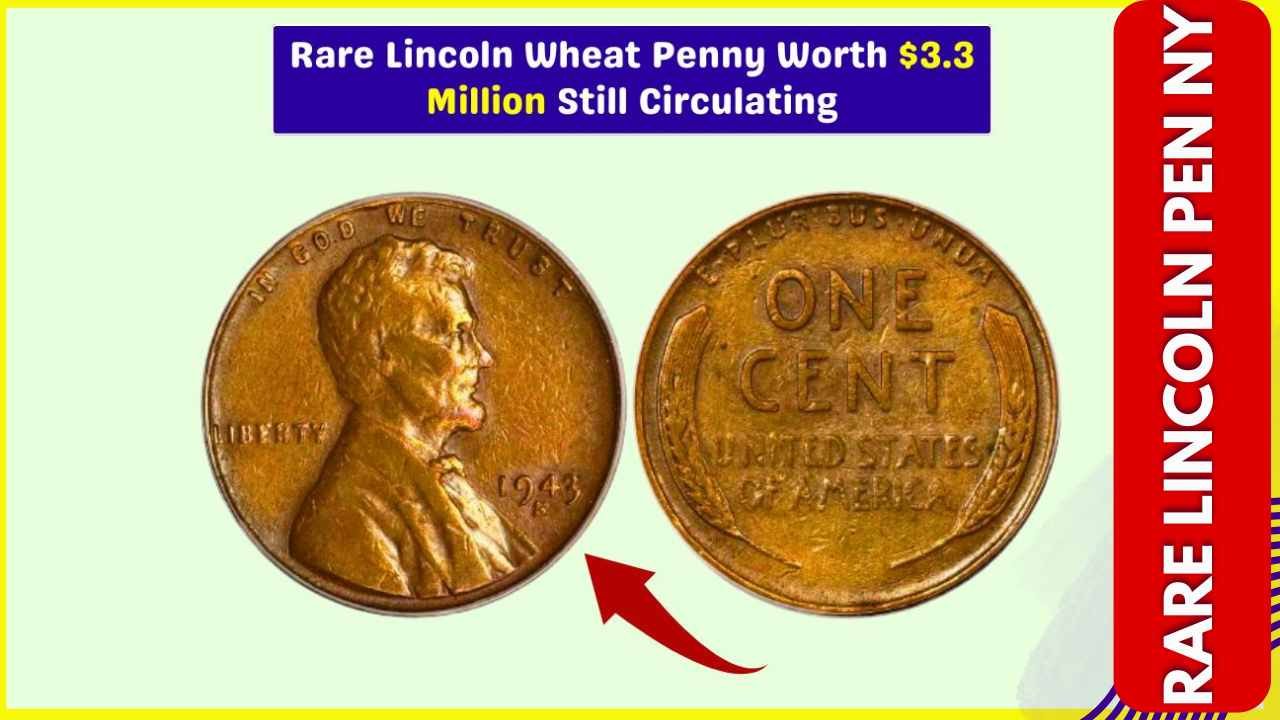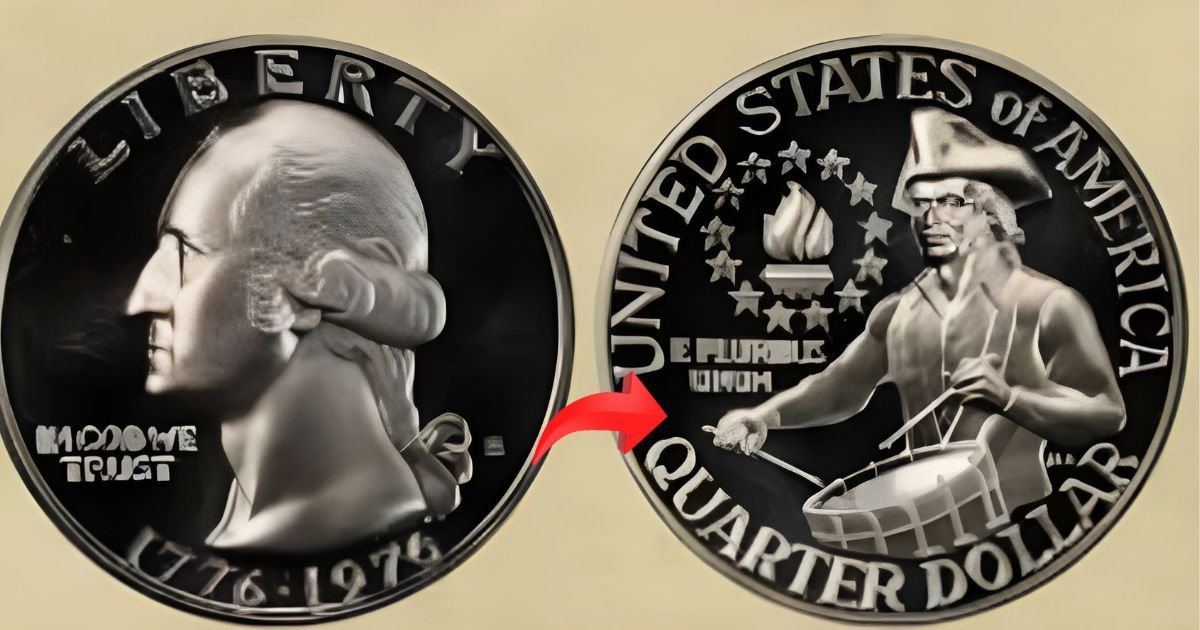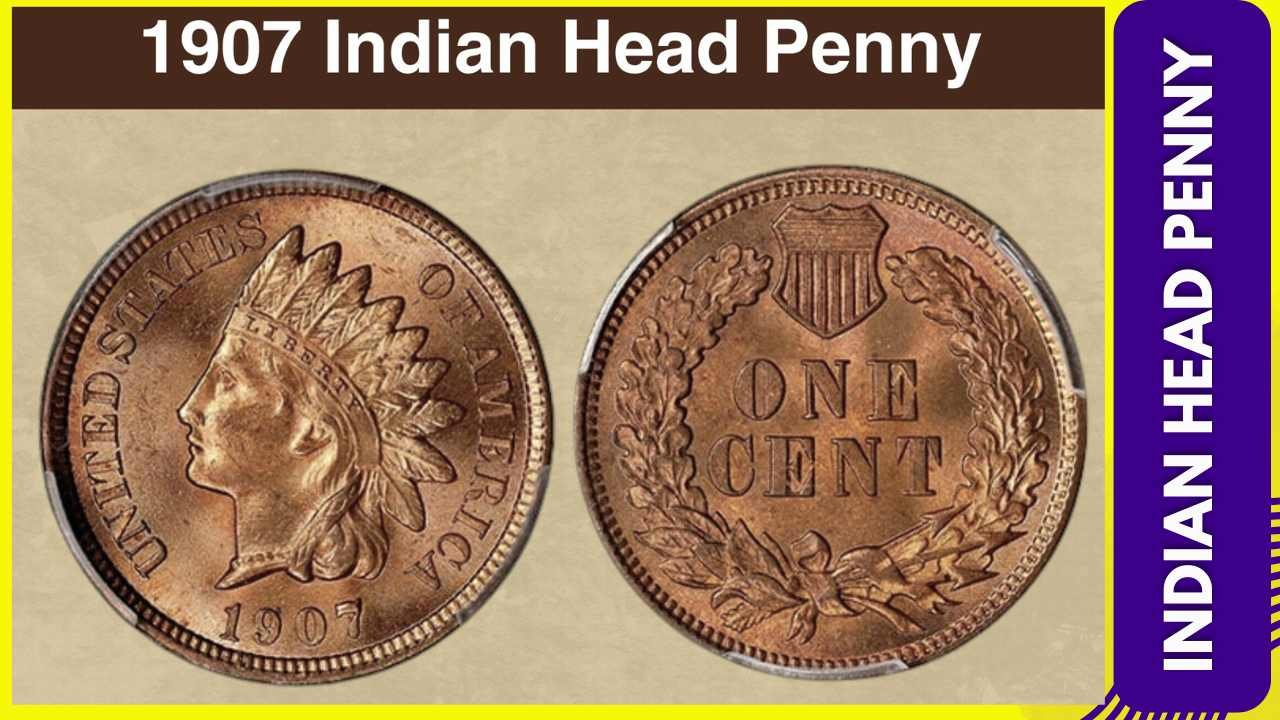The Lincoln Wheat Penny is one of America’s most beloved and collected coins, holding significant cultural and historical value. While most wheat pennies are worth only a few cents, certain rare varieties can be worth thousands or even millions of dollars to collectors.
Recently, viral claims about multi-million dollar pennies have sparked renewed interest in checking pocket change. This guide will explore what makes certain wheat pennies extremely valuable, from mint errors to rare dates and varieties, and help readers identify potentially valuable pennies in their own collections.
Understanding the key factors that determine a wheat penny’s value, such as rarity, condition, and historical significance, is crucial for collectors. This guide will also help readers avoid common pitfalls like counterfeits and appreciate the importance of preserving American numismatic history.
Key Takeaways
- Certain rare Lincoln Wheat Pennies can be worth thousands or millions of dollars.
- Factors like mint errors, rare dates, and condition determine a wheat penny’s value.
- Recent viral claims have renewed interest in collecting wheat pennies.
- Understanding the history and rarity of wheat pennies is crucial for collectors.
- This guide helps readers identify valuable pennies and avoid counterfeits.
Table of Contents
The History of Lincoln Wheat Pennies
Abraham Lincoln’s 100th birthday was commemorated with the introduction of the Lincoln Wheat Penny in 1909, making it the first U.S. coin to feature a president. This significant milestone marked the beginning of the wheat penny series, which would continue until 1958.
The Lincoln Wheat Penny was designed by Victor David Brenner, who created the iconic obverse featuring Lincoln’s profile. The reverse design included two wheat stalks framing “ONE CENT” and “UNITED STATES OF AMERICA.” The initial pennies featured Brenner’s initials (VDB), which sparked controversy and created one of the most famous varieties in the penny series.
- The wheat penny was produced from 1909 to 1958, spanning both World Wars and the Great Depression, which affected minting processes and materials.
- The wartime steel pennies of 1943 are notable, with copper 1943 pennies being among the most valuable coins in American numismatics.
- The wheat penny transitioned from everyday currency to a collector’s item, with millions of Americans starting their coin collecting hobby with wheat pennies.
The Lincoln Wheat Penny’s 50-year production run makes it one of the longest-running designs in U.S. coinage history, leaving a lasting legacy in American numismatics.
The Truth About the $21 Million Penny Claim
The notion of a Lincoln wheat penny being worth $21 million has captured the imagination of many, but how accurate is this claim? Viral social media posts often exaggerate the value of certain coins, creating confusion among collectors and enthusiasts.
In reality, while some Lincoln wheat pennies are extremely rare and worth money, the $21 million claim is likely an exaggeration. One of the most valuable Lincoln wheat pennies is the 1943-D copper cent, which sold for $1.7 million in 2010. Such sales are verified through reputable auction houses, unlike unsubstantiated claims on social media.
| Coin | Year | Sale Price |
|---|---|---|
| 1943-D Copper Cent | 2010 | $1.7 million |
| Other valuable Lincoln wheat pennies | Varies | Up to $100,000+ |
The persistence of the $21 million claim can be attributed to the universal appeal of finding hidden treasure. While most people won’t find a million-dollar coin, the hunt can be rewarding and educational. Certain wheat pennies are valuable due to mint errors, wrong planchets, or low mintages, making the search worthwhile for enthusiasts.
Most Valuable Rare Lincoln Wheat Penny Varieties
Among the many Lincoln Wheat Pennies minted, a few rare varieties have gained significant value among collectors. The Lincoln Wheat Penny series, produced from 1909 to 1958, is filled with coins that are not only historically significant but also highly collectible.
The 1909-S VDB penny is one of the most legendary and valuable Lincoln Wheat Pennies. With a mintage of just 484,000, its low availability and the fact that it was the first year of issue make it highly prized. The value of this penny can range from thousands to tens of thousands of dollars, depending on its condition.
- The 1914-D penny, with a mintage of 1,193,000, is another rare variety. Its low mintage and the demand from collectors drive its value, making even circulated examples valuable.
- The 1931-S penny, minted in San Francisco, is highly sought after due to its low mintage of 866,000. Collectors are willing to pay premium prices for this coin, especially in better condition.
The 1955 doubled die obverse penny is famous for its dramatic error. A “doubled die” occurs when the die used to strike coins is misaligned, resulting in a doubled image on the coin. This particular penny is highly valuable due to the noticeable doubling of the date and lettering.
Other valuable doubled die varieties include the 1917, 1936, 1958, and 1972 doubled die obverse pennies. The value of these coins varies greatly depending on the condition and the severity of the doubling.
Mint marks play a crucial role in determining a Lincoln Wheat Penny’s value. The “D” mint mark indicates coins minted in Denver, while “S” denotes those from San Francisco. Coins without a mint mark were produced in Philadelphia. The presence and type of mint mark can significantly affect a coin’s rarity and value.
The 1943 copper penny and the 1944 steel penny are extremely rare and valuable due to being minted on the wrong planchets. The 1943 copper penny can be worth over a million dollars, while the 1944 steel penny, though less valuable, still commands a high price among collectors.
Even common date Lincoln Wheat Pennies can become valuable if they have significant errors, such as a doubled die. The condition of the coin is also crucial, with uncirculated examples being worth much more than circulated ones.
Error Coins That Command Premium Prices
Minting errors on coins, such as those found on certain Lincoln Wheat Pennies, can significantly increase their value among collectors. These errors, occurring during the production process, result in unique coins that are highly prized for their rarity and historical significance.
One type of error is the off-center strike, where the penny design is not centered on the planchet. The value of such coins increases with the percentage of off-centering, making those with significant displacement particularly valuable. Another dramatic error occurs when a wheat penny is struck on a wrong planchet, such as a dime planchet, creating a fascinating hybrid that commands high prices due to its uniqueness.
- Double denomination errors, where a coin is struck over another denomination, are highly valued for their complexity.
- Re-punched mint mark errors, where the mint mark was stamped multiple times in slightly different positions, offer a glimpse into the minting process.
- Die cracks, cuds, and other die deterioration errors can create interesting varieties worth premium prices.
- Broadstrike errors, where the coin spreads beyond its normal diameter due to missing collar dies, are another type of error.
- Lamination errors, where part of the coin’s surface peels away due to impurities in the metal, are also significant.
Distinguishing valuable errors from post-mint damage is crucial, as the latter does not add value. Certain errors are more common in specific years due to production pressures or equipment issues, making some error coins more rare and valuable.
| Type of Error | Description | Value Impact |
|---|---|---|
| Off-center Strike | Design not centered on the planchet | Increases with displacement percentage |
| Wrong Planchet | Coin struck on incorrect metal planchet | Highly valuable due to uniqueness |
| Double Denomination | Coin struck over another denomination | High value for complexity |
| Re-punched Mint Mark | Mint mark stamped multiple times | Offers insight into minting process |
Error coins represent unique pieces of numismatic history, documenting the human and mechanical aspects of coin production. As such, they are highly sought after by collectors and can command premium prices.
What Determines a Wheat Penny’s Value
The value of a wheat penny is determined by several key factors that collectors and numismatists consider when evaluating its worth. Understanding these factors is crucial for anyone looking to buy, sell, or collect these iconic coins.
One of the primary factors is the coin’s condition. The condition of a wheat penny significantly impacts its value, with coins in better condition commanding higher prices. The coin grading scale, ranging from Poor (P-1) to Mint State (MS-70), is used to assess the condition. Professional grading services like PCGS and NGC authenticate and grade coins, providing standardized assessments that impact market value.
The mint mark is another critical factor. Pennies from certain mints, particularly San Francisco, tend to be more valuable due to lower production numbers. The mintage figures, or the number of coins produced, directly impact the rarity and value of a wheat penny. For instance, low-mintage years can result in higher values for those specific coins.
Doubled die varieties are also highly prized among collectors. The visibility of the doubling affects the value, with more dramatic examples commanding higher prices. Additionally, the original red color (RD) in uncirculated wheat pennies commands premium prices over brown (BN) or red-brown (RB) examples.
Historical context can also increase a wheat penny’s value. For example, the 1943 steel pennies, representing wartime metal conservation efforts, are highly valued. Market trends and collector preferences can shift over time, affecting wheat penny values. Provenance, or ownership history, can sometimes add value, especially for famous collections or historically significant specimens.
Even common wheat pennies in exceptional condition (MS-67 or higher) can command significant premiums due to their rarity in such pristine state. By understanding these factors, collectors and numismatists can better evaluate the value of their wheat pennies.
How to Identify Potentially Valuable Wheat Pennies
To uncover potentially valuable wheat pennies, collectors must know what to look for and how to examine their coins properly. The first step in this process is to gather the necessary tools for a thorough examination.
A good magnifying glass (5x to 10x), adequate lighting, coin reference guides, and a digital scale are essential for properly examining wheat pennies. With these tools, collectors can begin by checking the date and mint mark, as certain key dates and mint combinations are highly valuable.
One of the most significant factors that can increase a wheat penny’s value is a doubled die variety, often visible to the naked eye on the date, lettering, or Lincoln’s features. Examining the wheat stalks on the reverse for doubling or other varieties is also crucial.
- Check for re-punched mint marks and other mint mark anomalies, as these can be valuable.
- Look for off-center strikes, rotated dies, and other striking errors that can command premium prices.
- Assess the coin’s condition by examining wear on high points like Lincoln’s cheek, jaw, and hair.
- Distinguish between valuable mint errors and post-mint damage that doesn’t add value.
Using online resources and reference books is vital to verify potential varieties and errors. Some valuable varieties require a side-by-side comparison with normal specimens to identify subtle differences. Patience and attention to details are crucial when searching for valuable pennies worth money.
By following these steps and using the right tools, collectors can increase their chances of identifying potentially valuable wheat pennies.
Protecting Yourself From Counterfeits and Altered Coins
As a collector, it’s essential to be aware of the risks associated with counterfeit and altered wheat pennies in the market. Counterfeiters often target rare and valuable coins, making it crucial to verify the authenticity of a wheat penny before making a purchase.
Counterfeiters use various techniques to alter coins, including adding or removing mint marks, creating artificial errors, or altering the date on a penny. For instance, a counterfeiter might create a fake 1943 copper penny by copper-plating a 1943 steel cent. To identify such alterations, collectors should examine the coin’s surface characteristics under magnification, looking for signs of tool marks or inconsistent font.
| Coin Details | Authentic Characteristics | Counterfeit Characteristics |
|---|---|---|
| 1943 Copper Penny | Correct weight, copper color | Incorrect weight, signs of copper-plating |
| Mint Mark | Proper positioning, consistent font | Tool marks, inconsistent font |
To protect yourself, it’s recommended to buy from reputable dealers who offer guarantees of authenticity and return policies. Additionally, using reference materials to verify the correct details for rare varieties can help ensure you’re purchasing a genuine coin. Professional authentication services can also provide expert examination and encapsulation, further safeguarding your investment.
When buying online, be cautious of deceptive listings that use misleading titles or descriptions to imply a coin is worth more than its actual value. Education is key: study authentic examples before making significant purchases, and remember that if a deal seems too good to be true, it probably is.
Conclusion: The Enduring Legacy and Appeal of Wheat Pennies
As we conclude our journey through the world of Lincoln Wheat pennies, it’s clear that these coins have left an indelible mark on American numismatics. The Lincoln Wheat penny, minted from 1909 to 1958, connects us to nearly a century of American history. These small copper coins not only have the potential to be valuable treasures but also serve as historical artifacts.
Read Also: 1942 Wheat Penny: What Worth and How to Identify It













